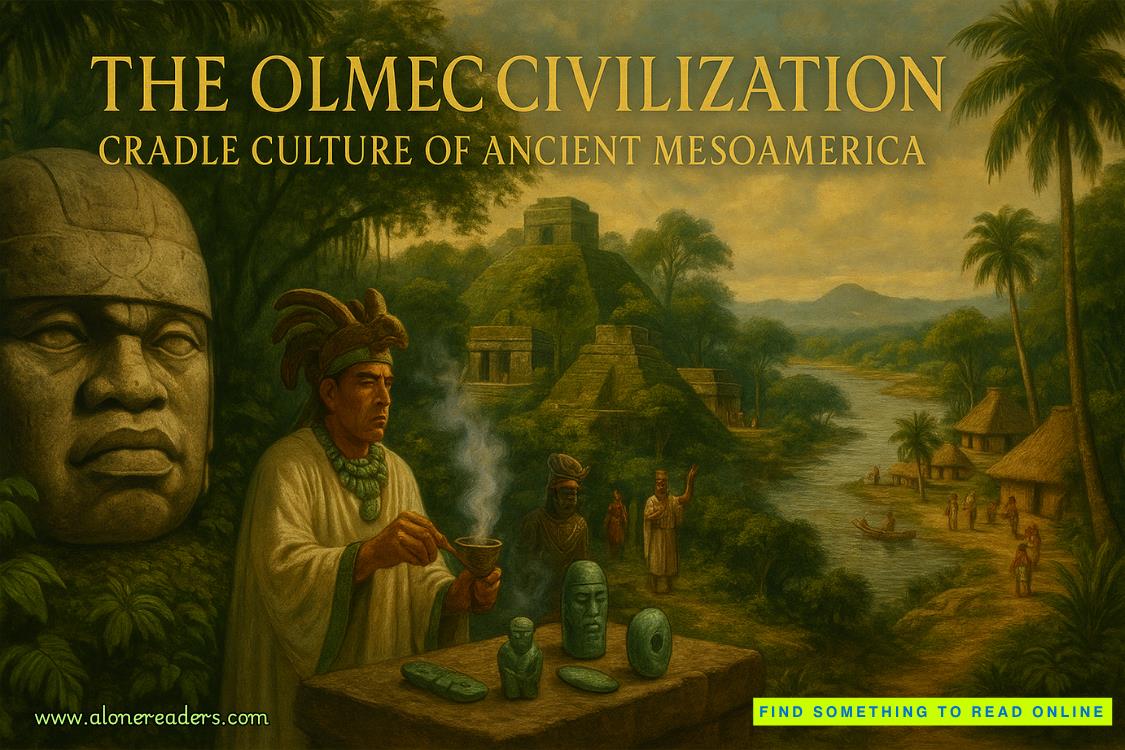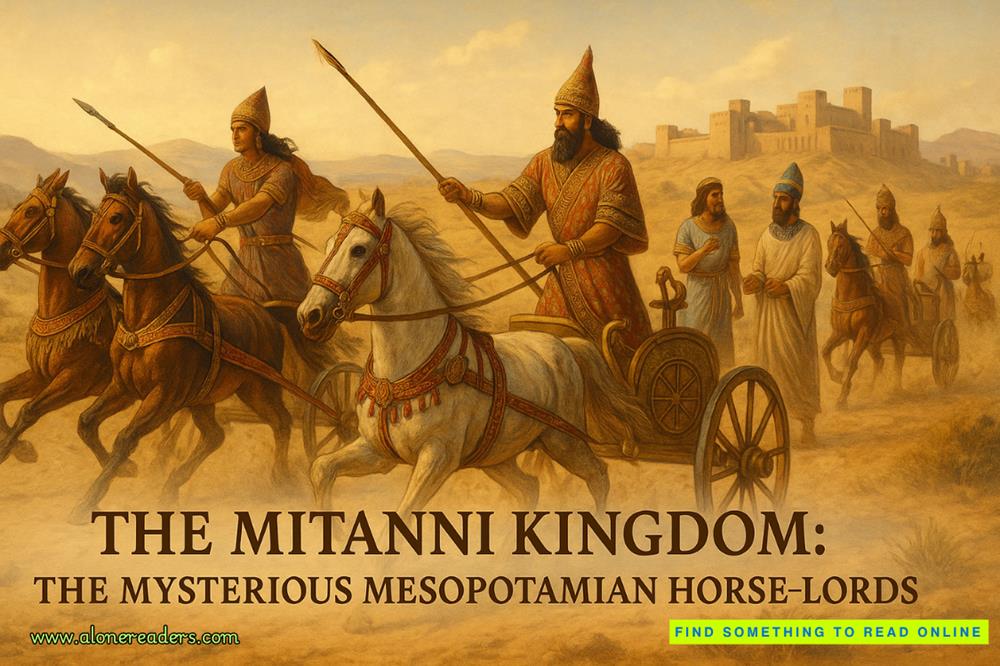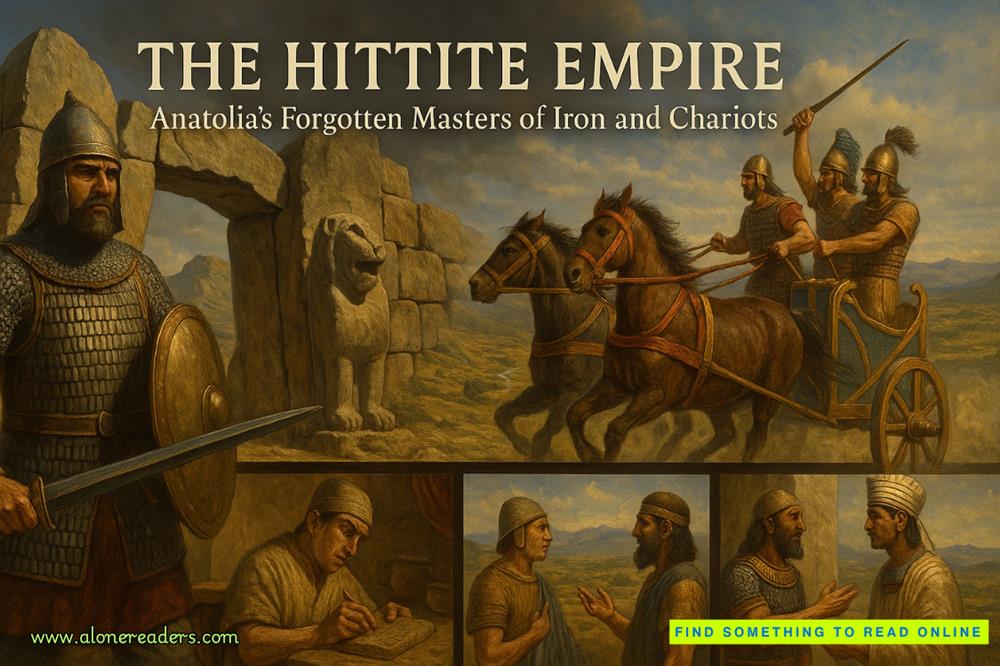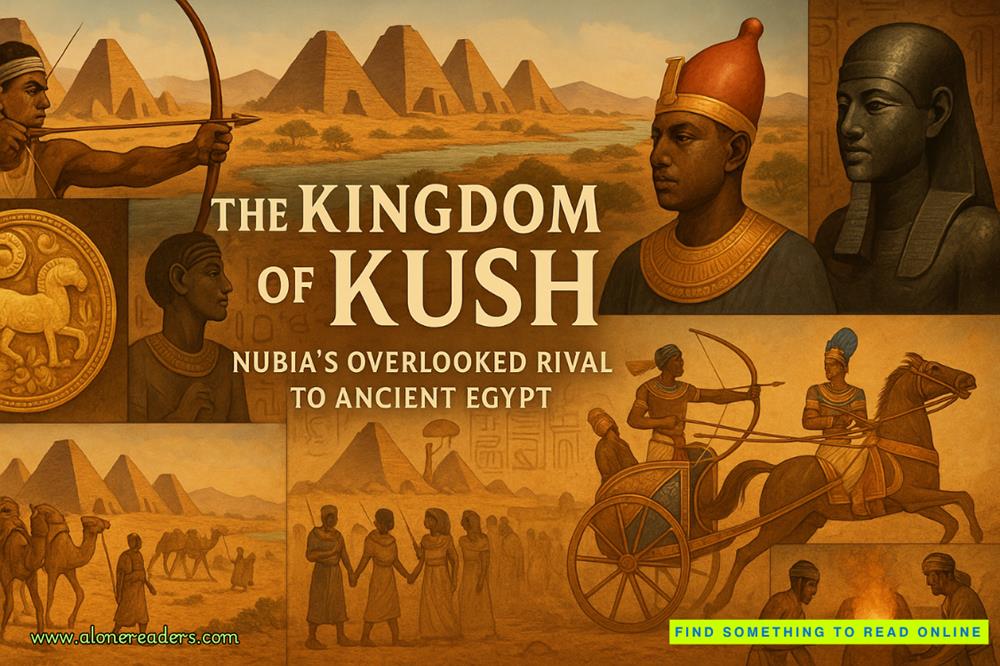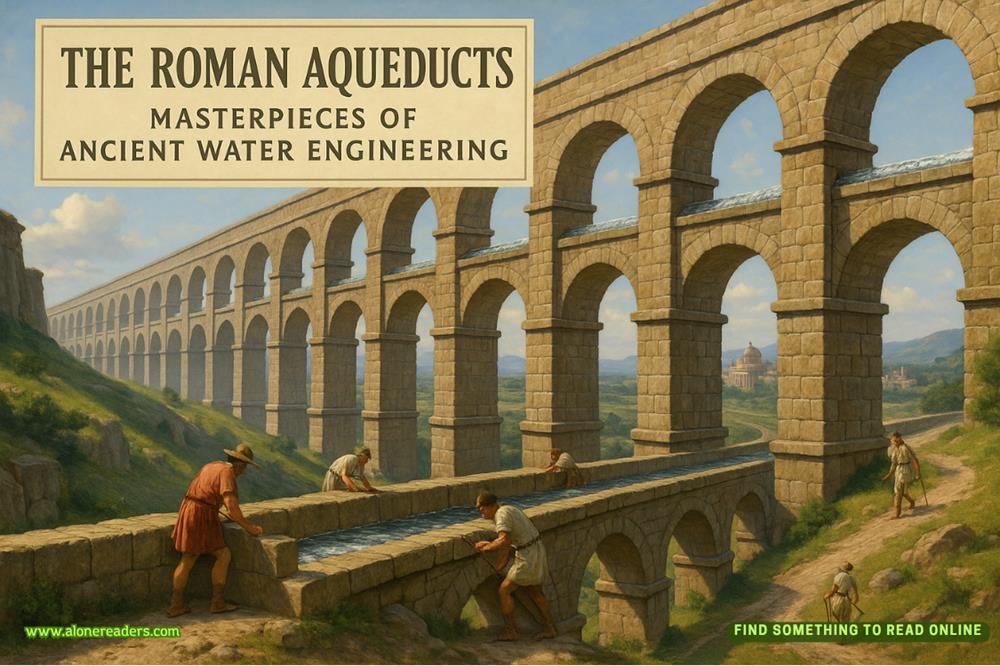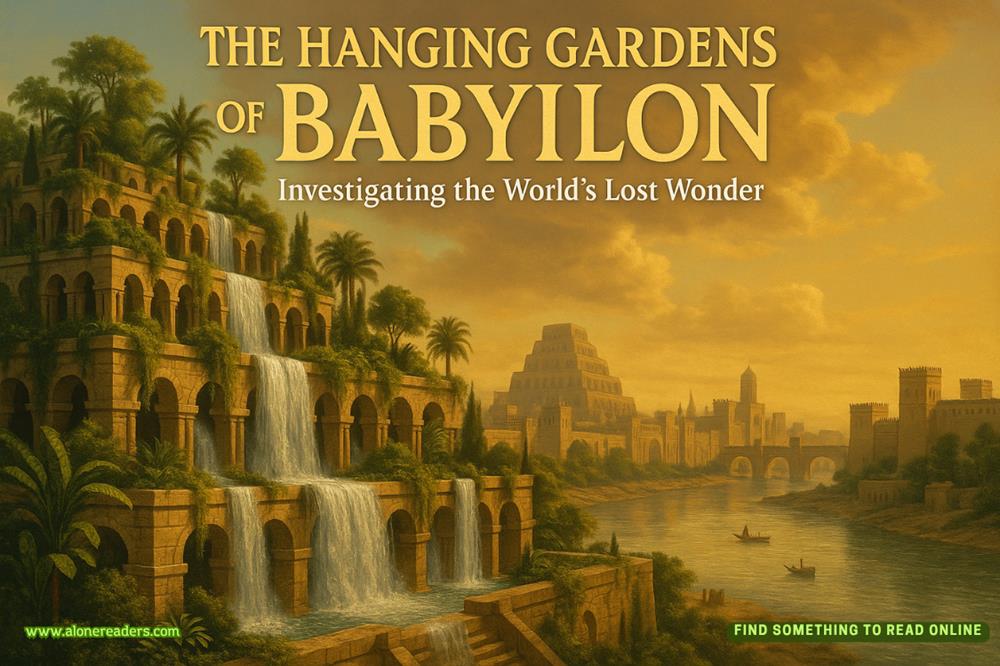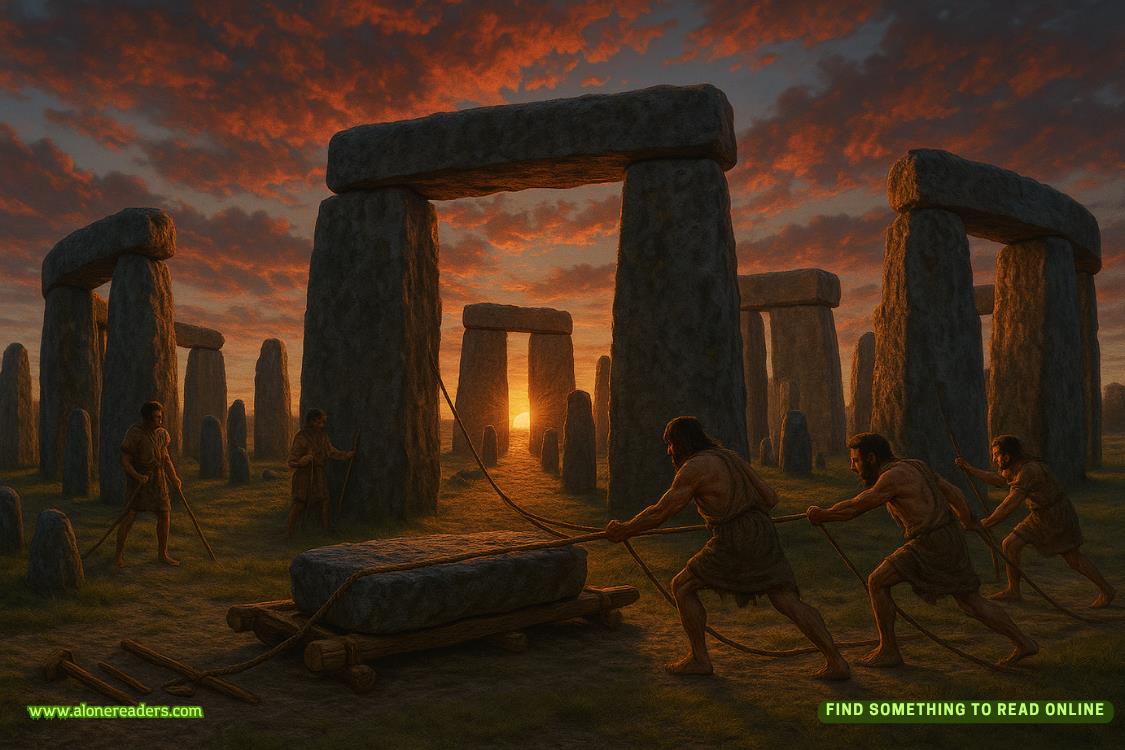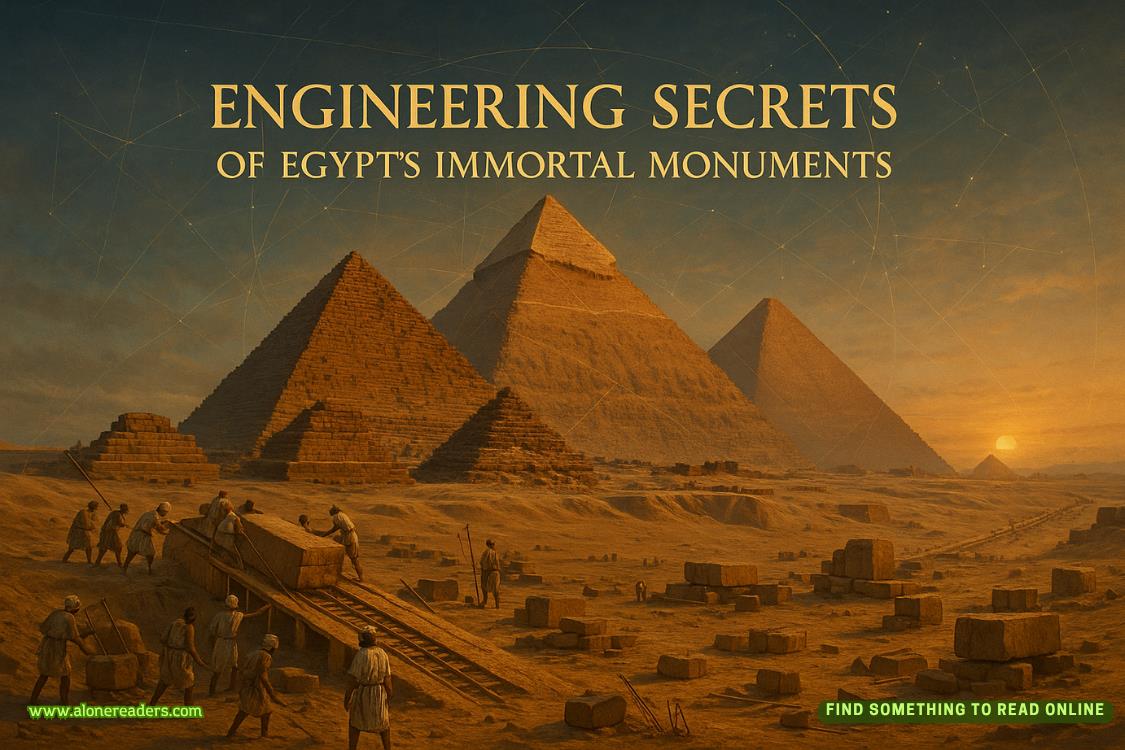Page 21 of Pieces
“Oh, oh,” she says excitedly. “Let me guess the color you used in your planner.”
“No.”
“Light pink,” she says anyway.
Hating that she knows me so well, I roll my eyes. Fun is always in pink because that’s my favorite color, and despite my busy schedule, I actually love having fun. “I hate you.”
“You love me because I’m right. Send me your planner so I can see all the pink and come visit you.”
“Ugh, fine.” If I don’t relent, she’ll only bug me until I give in.
The grin she wears is sickeningly smug. “Now, go forth and conquer more massive dicks. For the both of us.”
“I’m hanging up now,” I say, but I catch her blowing me a kiss before I press the end call button.
I check the time and realize I have just enough time to grab a coffee before my afternoon Introduction to Public Relations class.
Making my way to the campus coffee shop, Mug Life, the place is buzzing, as usual, with students studying, catching up on gossip, or just killing time between classes. I spot Marcie, one of my classmates, sitting near the window with her laptop open. She doesn’t notice me at first, too busy furiously typing something.
I step up to the counter, where a barista with wild curly blonde hair tied back in a loose bun greets me with a quick smile. Her nametag readsIndie.Pretty name.
“What’ll it be?” she asks, tucking a stray curl behind her ear.
“Iced caramel macchiato, extra caramel,” I say.
Indie nods, punching in the order. “Got it. Machine is ready when you are.”
I tap my card and wait for only a minute or two for my coffee before I weave through the tables, cup in hand, and head out the door, sipping as I walk across campus toward the media building. The crisp air whips over my cheeks, and I tug my jacket tighter around me, my brain already buzzing with ideas for my essay. It’s one of the assignments I’m really excited about this semester, crafting a PR campaign as if we’re pitching it to a real client.
The building is warm when I step inside, the familiar scent of old books and coffee lingering in the air. I head straight for Room 304, where Professor Vance holds her one-on-one sessions that have replaced today’s class. The room is set up like a small office, with her desk at one end and two chairs facing it for the students.
When I enter, she looks up from her laptop and beams. “Daphne! Right on time. Come in.”
“Hi, Professor,” I say, slipping into the chair across from her and placing my coffee on the table.
She adjusts her tortoise shell glasses, closing the laptop as she leans forward. “So, tell me about your idea.”
My nerves bubble just under the surface, so I take a deep breath. “Okay, so…I was thinking about doing my essay on women in sports, but I keep finding myself overwhelmed with too many angles. I want to elevate their visibility in college athletics, but I’m not sure how to focus it, and then my mind goes off on a tangent of mental health aspects. I don’t know where to start.”
Professor Vance’s expression softens, and she leans back slightly. “That’s not uncommon, Daphne. Sometimes when we’re passionate about a topic, it’s easy to try to tackle too much at once. Let’s simplify. What excites you most about this idea?”
I hesitate, flicking through my notes. The pages are filled with half-formed ideas and crossed-out sentences. “Maybe something like focusing on a female basketball player who broke scoring records, or a soccer player who led her team to championships,” I offer. “We could talk about what makes them great athletes rather than just their struggles to get there. The narrative is sometimes a bit warped, like, ‘this woman overcame xyz.’ It’s as though it requires justification for their effort and skill, like they can’t just be naturally good at the sport. But what if it was simply ‘captain leads team to victory’ and focuses on the achievement instead.”
“That’s a strong start,” she says, nodding. “Why not build from there? Start with one clear angle, maybe focusing on how social media campaigns can highlight standout female athletes in a positive way. Keep it concise and impactful. Then think about narrowing it further to something you feel uniquely connected to? What’s one aspect of this idea that’s the most personal to you?”
I take another steadying breath. “There’s a lot. I ran track in high school, and I always felt like I was overlooked. I didn’t need the spotlight, but it was so much easier for the men on the track team, and I didn’t like that.”
She nods. “That’s understandable and a good drive to find equality you didn’t experience. I’d recommend also looking at what CLU is doing for female athletes within their media teams. See if you can help improve, even if through an essay like this.”
I already know I want more from this essay. This is important to me, and I’ll take any advice she gives. “I was thinking of targeting social media too and discussing that in my work,” I explain.
“Good.” She taps her pen against her notebook. “So, what would that look like? Give me a concrete example.”
“Maybe a hashtag challenge,” I suggest tentatively, my confidence wavering. “Like #WomenPlayToo, where fans share clips of themselves playing sports or celebrating their favorite female athletes. Something starting small, showing impact. We could even partner with influencers to kick start it. The more exposure of positive language around female athletes, the better.”
Professor Vance’s face lights up. “Now we’re talking. That’s timely and engaging. Focus on fleshing out that idea, and don’t worry about covering every possible angle. Simplicity is key.”
“Thank you. I’ll work on refining it.”
